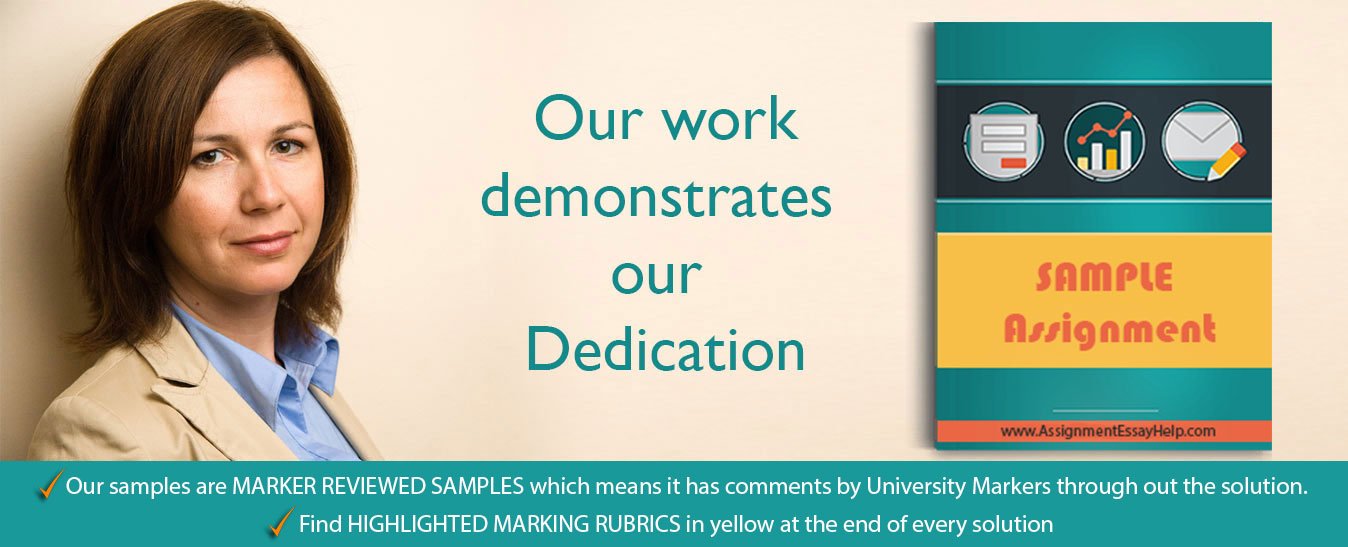You can download the sample Economics essay on report on unemployment in the Australian labour market with the following question for free at the end of this page. For further assistance with Economics Assignment help, please check our offerings in Economics assignment solutions. Our subject-matter experts provide online assignment help to Economics students from across the world and deliver plagiarism free solution with a free Turnitin report with every solution.
(AssignmentEssayHelp does not recommend anyone to use this sample as their own work.)
Finance Assignment Question
Part A
An important part of the regulatory controls over banks is the capital adequacy requirement. The forces banks to maintain sufficient risk-adjusted capital to support the credit risk they assume in their lending portfolios.
Below is breakdown of the assets held by Geelong Bank.
Required:
- Calculate Geelong Bank's capital adequacy requirement
- According to Basel II, how much of their capital adequacy is required to be held as tier 1 capital?
- Now estimate the tier 1 capital requirement, assuming Basel III is enforced.
- Under the proposed Basel III, there are two new liquidity standards. Define and discuss the rationale for these new standards.
| Asset Type | Asset Value
($ billions) |
| Notes and coins | 75.0 |
| Deposits with the RBA | 32.0 |
| Gold bullion (a) | 15.0 |
| State Government Bonds (b) | 130.0 |
| Local Government Loans (c) | 205.0 |
| Loans to IMF | 40.0 |
| Loans to corporations (d) | 22.5 |
| Residential Mortgages (e) | 35.0 |
Part B
A considerable body of academic research supports the argument that the slope of the yield curve (the spread between short term and long term interest rates) is a reliable predictor of future economic activity. Investors and policy makers have extensively used yield curves as a simple forecasting tool in real time to better understand business cycles.
Required:
- Construct the yield curves for both Australia and US as at month end, September 2011, 2012, 2013 and 2014. Discuss and compare the shapes of the yield curves for each country and year. (For this task, students must collect yields for short-term and long-term Government securities with a minimum five maturities to plot the yield curves).
- Construct and critically examine how the change in the slope of the yield curve provides a possible explanation for changes in economic activity of an economy. In your examination, compare the slope of the yield curves to the economic growth of each country. In your view does the slope of the yield curve reflect the business cycles at that time? (For this task, students are required to calculate the slope of the yield curve as at month end September 2011 to 2014 along with economic growth at the same periods).
Finance Assignment Solution
Introduction
Banks are high-risk takers since their asset is money either as cash or in the form of other deposits (Pasha, Srivenkataramana, & Swamy, 2012).
Commercial banks have been consistently concerned with both international competitiveness as well as capital ratios. This concern laid the foundation for the Basel Accords in 1988. The accords were an agreement between central banks of G-10 countries. These agreements stated the minimum capital standards of central banks and were designed to address the issues surrounding credit risk. (Pasha, Srivenkataramana, & Swamy, 2012)
The capital adequacy ratio (CAR) is used to protect depositors and promote the efficiency of financial systems globally. This international standard is used to measure the bank's risk of insolvency Vs SIB (Prudential Standard APS 112, 2013).
-
Capital Adequacy Requirement for Geelong Bank
On the basis of the basic assumptions given in the question with respect to Geelong Bank, the calculation of the capital adequacy requirement for Geelong bank is as follows:
Asset Type Asset Value
| Asset type | Asset value ($ Billions) | Units |
| Notes and coins | 75.0 | 13.5 |
| Deposits with the RBA | 32.0 | 5.8 |
| Gold Bullion | 15.0 | 2.7 |
| State Government bonds | 130.0 | 23.4 |
| Local Government Loans | 205.0 | 37 |
| Loans to IMF | 40.0 | 7.2 |
| Loans to corporations | 22.5 | 4.1 |
| Residential Mortgages | 35.0 | 6.3 |
Calculation of CAR
CAR is calculated using the following formula.
(Tier 1 capital + Tier II Capital)/ Risk Weighed Assets
The Basel standards define Tier I capital also called basic equity or core capital. These are investments that acquire losses despite insolvency by the institution (Basel Committee on Banking Supervision, 2013) .
Tier II capital is also called supplementary capital and includes revaluation reserves, undisclosed reserves, general reserves for loan loss, subordinated term debt and hybrid debt capital instruments (Prudential Standard APS 112, 2013), (Pasha, Srivenkataramana, & Swamy, 2012).
On the basis of this definition, we can calculate Tier 1 capital of Geelong Bank as
Equity capital: 8.5
Weighted risk assets are calculated below:
| Cash | 13.5 X 0%= 0 |
| Government securities | 23.4 X 0%=0 |
| Mortgage Loans | 6.3 X 0.4 X 35%=0.88
6.3 X0.6X 50%=1.89 Hence, Total=0.88+1.89=2.77 |
| Other Loans | 48.3 X 100% = 48.3 |
| Local Government Loans | 37 |
| Loans to IMF | 7.2 |
| Loans to corporations | 4.1 |
| Other assets | 8.5 X 100% = 8.5 |
| Deposits with the RBA | 5.8 |
| Gold Bullion | 2.7 |
In terms of Residential Mortgages, the requirements are different because of the following condition with respect to Geelong Bank:
40% of Geelong Banks residential mortgages have a Loan to Value Ratio (LVR) of 50%, while the remaining 60% have a Loan to Value Ratio of 83%. All holders of residential loans with Geelong Bank do not have mortgage insurance.
Thus, the total risk is calculated as follows:
Weighted assets: 59.57
Equity: 8.5
CAR: 14.26%
(ii) Computation of capital adequacy is required to be held as tier 1 capital in accordance with Basel II norms
The Basel Accords state that at least 50 % of a bank's capital should be held as Tier 1 capital (Prudential Standard APS 112, 2013). This is because Tier 1 capital has no credit risk since
(Some parts of the solution has been blurred due to privacy protection policy)



 WhatsApp Us
WhatsApp Us